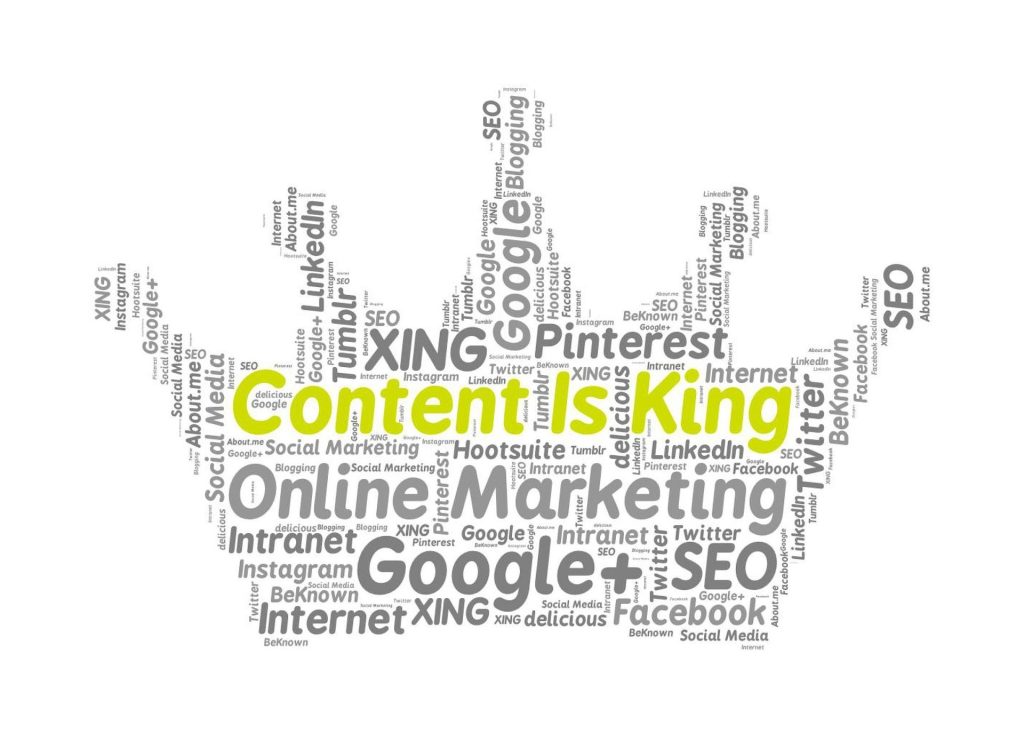Choosing Your Content Formats

For content creators, it is essential to know how to choose the right format for each piece of content. With so many options available, it can be overwhelming to decide which format will work best for your message and audience. In this article, we will explore the different content formats and how to choose the right one for your content marketing strategy
First, let’s define what content format is. Content format refers to the way in which content is presented and delivered to the audience. It can include written content, visual content, audio content, and interactive content. Each format has its own unique strengths and weaknesses, and choosing the right one can make a significant impact on the success of your content marketing efforts
Written Content
Written content is the most traditional form of content marketing. It includes blog posts, articles, whitepapers, ebooks, and social media posts. Written content is ideal for conveying detailed information and educating the audience. It is also easily accessible and shareable on various platforms
However, written content can be overwhelming for some audiences, and it can be difficult to keep readers engaged for extended periods. In addition, written content takes time to create, and it can be challenging to stand out from the competition in a crowded online space
Visual Content
Visual content includes images, infographics, videos, and presentations. It is ideal for capturing the audience’s attention quickly and conveying information in a more engaging way. Visual content is also more shareable on social media platforms and can increase brand awareness
According to HubSpot, incorporating visual content in your marketing can increase engagement by80%. Additionally,90% of information transmitted to the brain is visual, making visual content an effective way to communicate with your audience
However, creating visual content can be costly and time-consuming, and it requires specialized skills and equipment. In addition, some audiences may not prefer visual content, and it may not be suitable for conveying complex information

Audio Content
Audio content includes podcasts, audiobooks, and music. It is an increasingly popular form of content marketing, with podcast listenership growing by37.5% in the past three years. Audio content is ideal for audiences who prefer to consume content while multitasking, such as during their commute or while exercising
Audio content is also a great way to build a connection with the audience, as podcasts and audiobooks allow for a more personal and conversational tone. In addition, audio content can be repurposed into written or visual content, increasing its reach
However, creating audio content requires specialized equipment and skills, and it can be challenging to stand out in a crowded audio market. In addition, audio content may not be suitable for conveying visual information, and some audiences may prefer written or visual content
Interactive Content
Interactive content includes quizzes, surveys, polls, and games. It is an effective way to engage the audience and gather valuable data. Interactive content can also be used to personalize the content experience, increasing engagement and brand loyalty
According to Content Marketing Institute, interactive content can generate two times more conversions than passive content. Additionally,81% of marketers agree that interactive content grabs attention more effectively than static content
However, creating interactive content can be challenging, and it requires specialized skills and software. In addition, interactive content may not be suitable for conveying complex information, and it may not be accessible to all audiences
Choosing the Right Format
Now that we have explored the different content formats, let’s discuss how to choose the right one for your content marketing strategy. Here are some factors to consider:Audience Preferences: Consider your audience’s preferences and habits. Which content format do they prefer, and how do they like to consume content? For example, if your audience is primarily visual learners, visual content may be the best choice
Content Goals: Consider your content’s goals and objectives. What message are you trying to convey, and what action do you want the audience to take? For example, if you want to educate your audience on a complex topic, written content may be the best choice
Brand Voice: Consider your brand’s voice and tone. Which content format best aligns with your brand’s personality and values? For example, if your brand is casual and conversational, audio content may be the best choice
Budget and Resources: Consider your budget and available resources. Which content format can you afford to create, and do you have the necessary skills and equipment? For example, if you have a limited budget and resources, written content may be the best choice
Conclusion
Choosing the right content format is essential for the success of your content marketing strategy. By considering your audience preferences, content goals, brand voice, and budget and resources, you can make an informed decision on which format to use. Remember, each format has its strengths and weaknesses, and it is essential to choose the one that best aligns with your content marketing goals.
IMPORTANT: If you enjoyed this article then give Marketing University Equalizer a try. Create your free account right now and have full access for 14 days. Click here to get started
#marketinguniversity #marketing #businesstips #marketingtips
